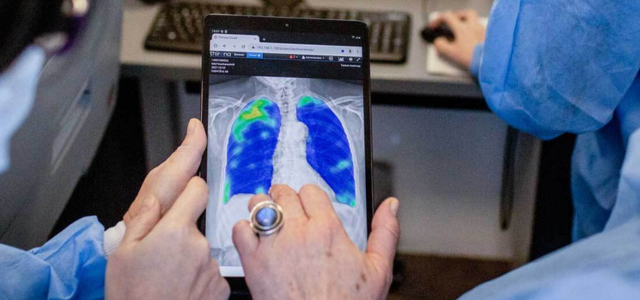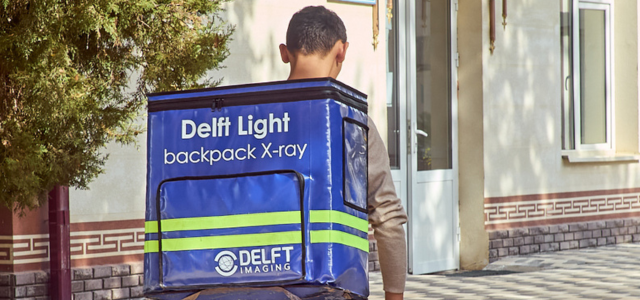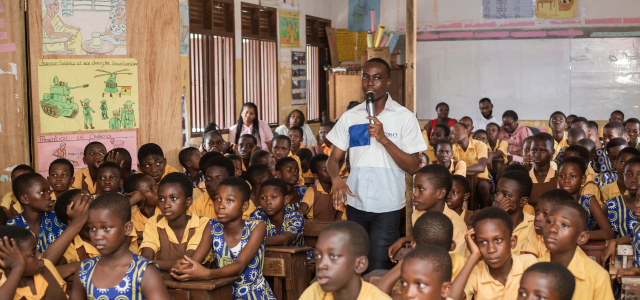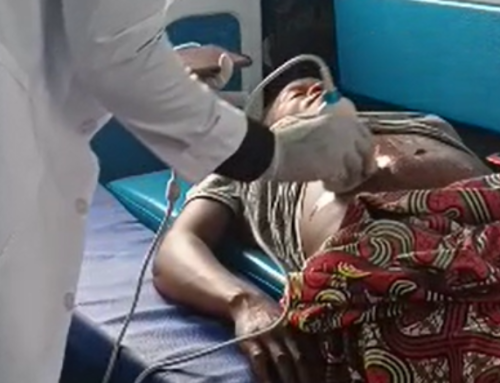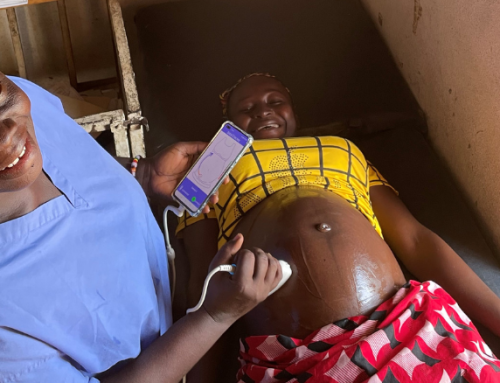The 2023 Global TB Report sends a clear message: Our goals to eradicate TB by 2030 and 2035 cannot be met without intensified research and innovation. In 2022, an estimated 1.3 million people died worldwide due to TB, according to the report. Unfortunately, COVID-related disruptions resulted in almost half a million excess deaths from TB from 2020 to 2022, compared to the expected figures if pre-pandemic trends had continued.
However, there was also a glimmer of hope: the number of TB-related fatalities is also reducing. This means we are getting back on track, identifying and treating more TB cases than during the pandemic. We hope the upcoming 2024 and subsequent TB reports demonstrate a return to year-on-year death reductions.
Surging Diagnoses: A New High in TB Cases
The report highlighted that an estimated 7.5 million individuals were newly diagnosed with TB throughout 2022. This is the highest number since the WHO began monitoring TB in 1995. It hypothesised that this surge was due to the people developing TB during the pandemic only just being able to access appropriate healthcare services for diagnosis in 2022. Alternatively, it reflects our improved ability to screen, diagnose, report, and treat new TB cases as we recover from the pandemic disruption.
The report also estimated that worldwide, about 10.6 million people developed TB in 2022. This indicates that even though more people were diagnosed this year than ever recorded before, an estimated 3.1 million people with TB remained undetected and undiagnosed.
We must invest in innovative screening solutions that capture these missing millions to turn the tide. By leveraging cutting-edge technology, we can bridge the gap and ensure no one slips through the cracks. Early detection saves lives and prevents further transmission, making it a cornerstone in our fight against TB.
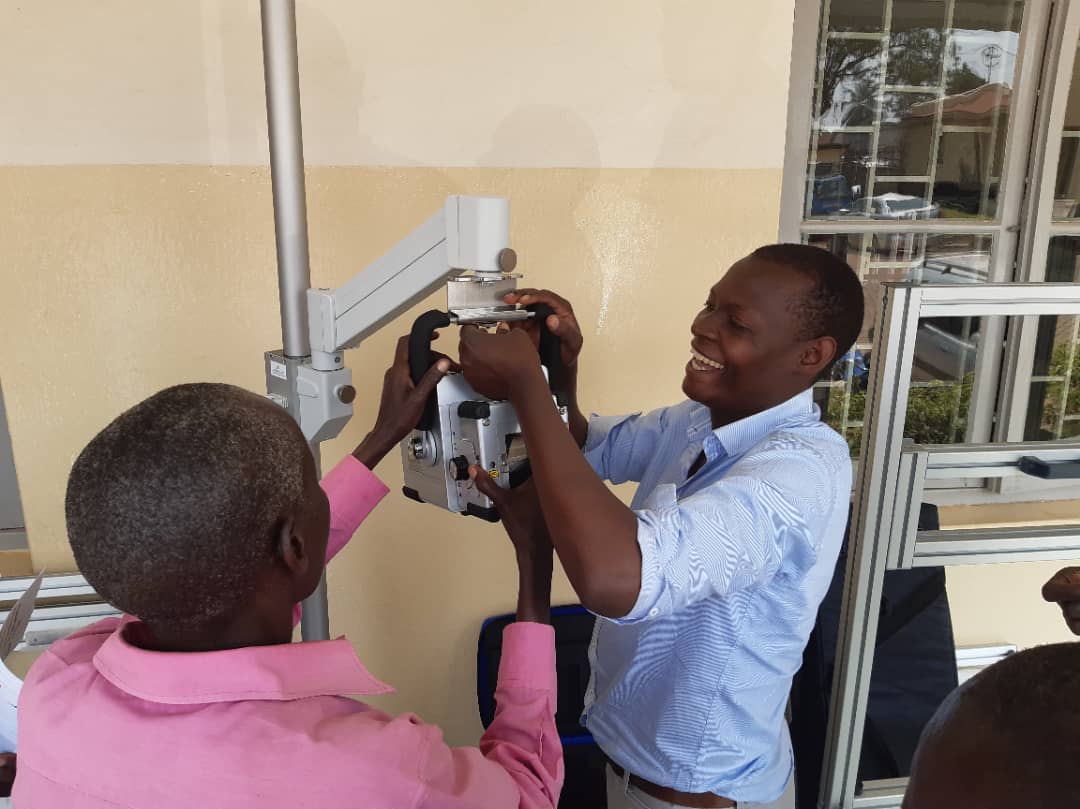
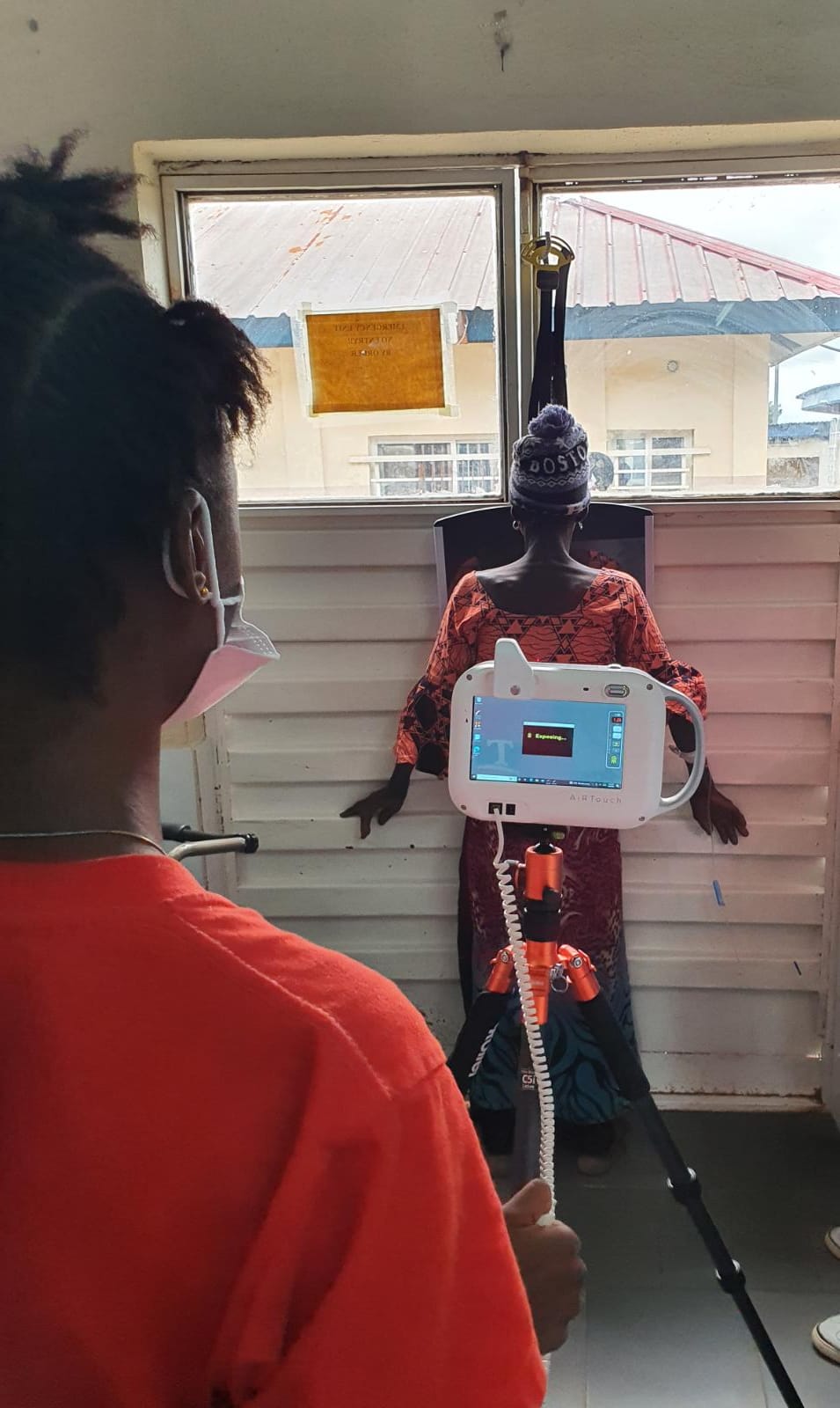
Innovations for the Missing Millions
At Delft Imaging, our focus and role in the fight against TB is to develop and provide access to innovative screening solutions that can help us find and, therefore, allow for timely intervention and better health outcomes. Over the last few years, we have been dedicated to identifying people infected with pulmonary TB. However, the 2023 report makes it evident that there are still gaps in TB detection– and these are the areas where we must focus over the next seven years to eradicate TB by 2030.
Traditional healthcare infrastructures cannot reach everyone suffering from TB. Various key and vulnerable populations are often hard to reach due to many barriers. Developing innovative screening solutions that help to capture these missing millions is an essential step towards diagnosing and ensuring timely interventions for better health outcomes.
Strengthening Global Health Systems
Additionally, special focus must be given to building interlinkages across the global health agendas of TB, Universal Health Coverage and PPPR (pandemic preparedness, prevention and response) to strengthen the TB response. Strengthening our ability to detect and accurately treat TB will again play a critical role in meeting the looming 2030 targets.

